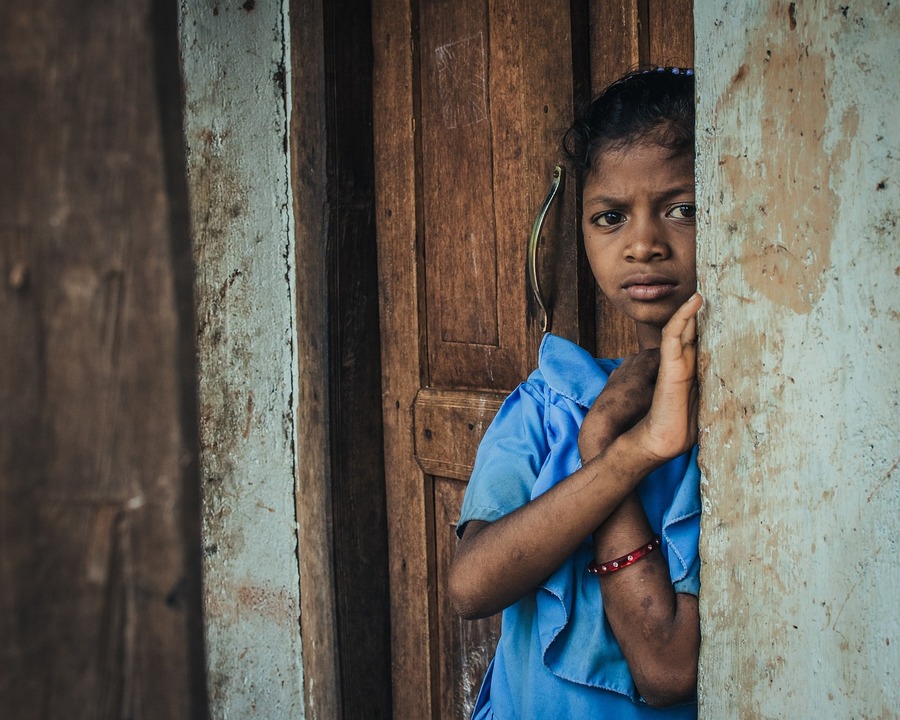
Child hunger is a devastating consequence of the worsening global hunger crisis, which has escalated at an unprecedented rate. The number of people suffering from chronic hunger worldwide has climbed to 811 million as of 2022, with millions more facing acute food insecurity. As we produce enough food to feed the entire population, it is a heart-wrenching paradox that millions of children still go hungry. This essay delves into the growing problem of child hunger, the factors contributing to the global hunger crisis, and the urgent need for collective action.
The Escalation of Child Hunger
The world hath entered a most dire situation, with the prevalence of child hunger rising at an alarming pace. The Food and Agriculture Organisation estimateth that 149 million children under the age of five are affected by stunting due to a lack of essential nutrients and adequate food. Furthermore, the FAO estimates that 45 million children under the age of five suffer from wasting, increasing the risk of child mortality by up to 12 times.
Hunger, Gender, and Inequality
Hunger is a discriminatory force, with gender playing a significant role in its impact. Over 31% of women in the world face hunger, compared to just 27% of men. This gender gap has intensified since the pandemic. The unequal distribution of resources, access to education, and opportunities exacerbates the problem, with women and girls often bearing the brunt of the crisis.
The Vicious Cycle of Hunger
The global hunger predicament is akin to a most perplexing case, wherein the repercussions extend far beyond the pangs of hunger. It is not merely the absence of sustenance that plagues the afflicted; the distress accompanying this scarcity permeates every aspect of their lives. The lack of energy and strength to work and provide for their families creates a vicious cycle from which escape seems nigh impossible.
Contributing Factors to the Global Hunger Crisis
The escalation of global hunger can be attributed to a multitude of factors, including the economic fallout of the COVID-19 pandemic, which has added approximately 150 million hungry people to the existing numbers. Conflict, such as the situation in Ukraine, has also played a role, with a 25% increase in acutely hungry people in just three months. Climate change, political instability, and economic inequality further exacerbate the crisis, making it increasingly challenging to achieve the United Nations’ goal of Zero Hunger by 2030.
The Paradox of Food Production and Waste
Despite the abundance of food produced globally, the world is beset with the tragedy of millions facing hunger. The paradox of food waste is most disconcerting, as approximately one-third of the food produced for human consumption is wasted or lost, amounting to roughly 1.3 billion tons per year. If we, as a society, were to address this paradox and redistribute the excess food, we could make significant strides in alleviating child hunger and the broader crisis.
The Call for Collective Action
Addressing child hunger and the global hunger crisis requires a collective effort from governments, organisations, and individuals alike. Implementing sustainable food production and distribution systems, reducing waste, reallocating resources, and addressing the root causes.
Other Articles of Interest
Perception Wars: You see what you are directed to see
Stock Market Crash Predictions Are Blatant Acts Of Misdirection
Global warming Game; The Hidden Agenda
